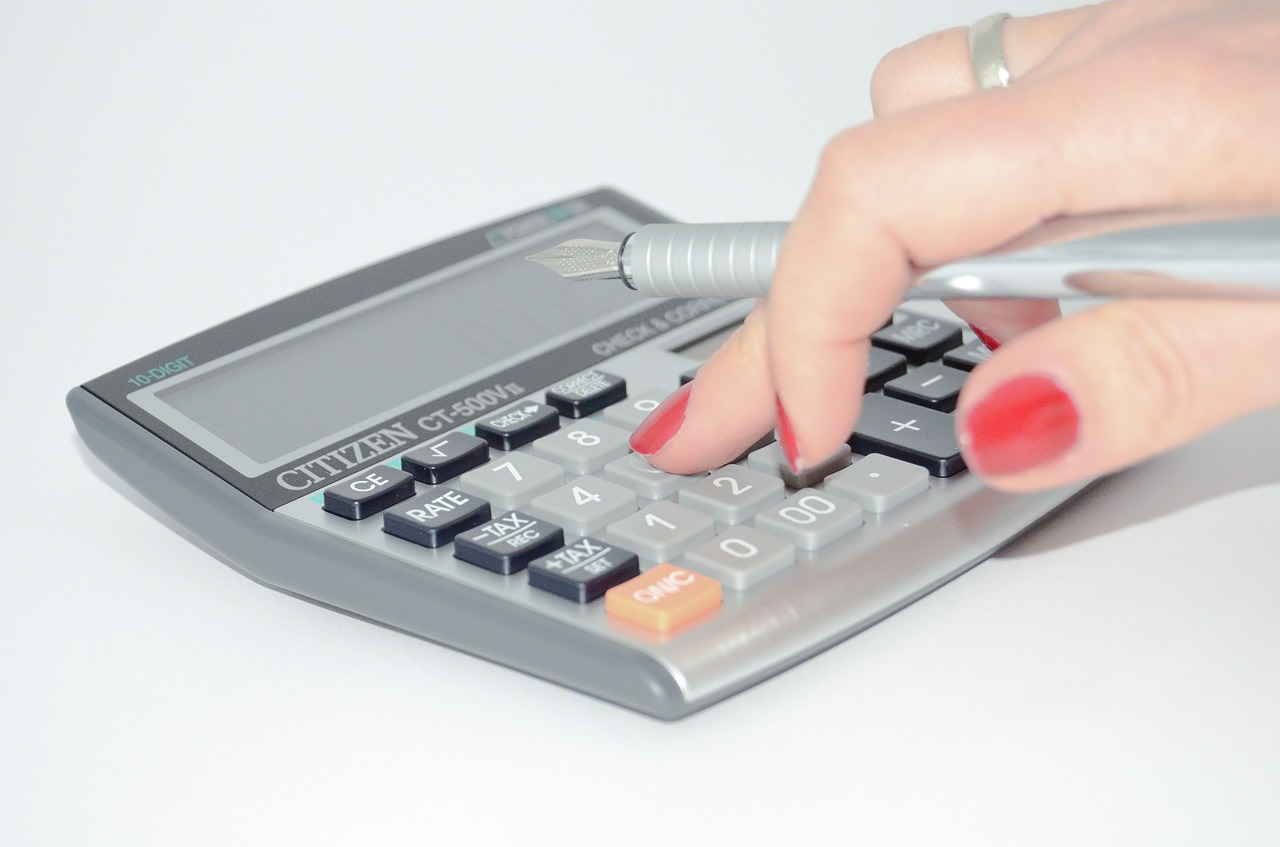Goods and Service Tax (GST): the proposed landmark indirect tax reforms for India is set to be rolled out on 01 July 2017 by the Government, come what may… There are some topics which need to be addressed before the launch, e.g.:
- E-way bills for interstate movement of goods
- Input Tax credit (Anm.: abzugsfähige Vorsteuer) on Transition
The government has made a press release last week that GST would be implemented effective 01 July 2017 and elaborate plans are being made for the launch of GST from the prestigious Central hall of Parliament.
Although GST may have long term benefits, owing to scale of operations, the lack of preparedness in terms of regulations, inadequate infrastructure and limited awareness among all stakeholders, one could expect lots of chaos and disruption in the economic growth of a magnitude much greater than the de-monetization drive initiated in November 2016.
The GST council is still busy approving rules, tweaking tax rates etc in the run up to the launch. At their meeting on 18th June 2017, they approved four new sets of rules and have provided some relaxation in the due dates for filing the detailed invoice wise sales and purchases monthly tax returns for the months of July and August.
E-way bills and interstate movement of goods
Although it is proposed that GST would enable seamless movement of goods from one state to the other this would be a reality at least for the next few months.
The GST council is currently discussing for a system where real time E-way bills (Anm.: eine Art elektronischer Lieferschein) are generated for movement of all goods above a certain monetary limit (currently being discussed for INR 50000 (ca Euro 700). Due to lack of sufficient IT Infrastructure (expected to take at least 3-4 months) and agreement among the representatives, the GST council has decided to continue with the existing systems that are being used by the states for inter-state sales.
With each state presently having a different system to monitor inter-state movement of goods, this would mean that industry could expect additional burden, confusion and delay in their interstate sales. As these conditions were not adequately thought of at the time of drafting the law, the council now needs to come up with new rules by 30th June 2017.
Input Tax credit on Transition
Input tax credit in simple terms is the taxes paid on inputs which could be claimed to be used for payment of taxes on the outputs.
The transition provision in GST permits the carry forward of taxes paid under the current system into into GST for certain eligible taxes and with certain limitations. In order to avail the full benefits of the Input tax credits, the preparations need to be done before the ‘appointed date’.
Input tax credits relating to the following could be available as part of the transition to GST
- Input tax credits carried forward through tax returns
- Input taxes credit on unsold stock
- Input taxes credit not claimed on capital goods
Input tax credits carried forward through tax returns
The input tax credits outstanding on the last day before the ‘appointed date’ could be carried forward into GST and included in the respective returns filed with the tax authorities under the existing regulations – i.e. mainly Central Excise, Service tax and state VAT regulations.
However, there are some conditions to be fulfilled. It will be permitted only IF ALL THE RETURNS UNDER THE EXISTING LAWS have been filed for a period of 6 months immediately before the appointed date.
To ensure that of the input tax credits claimed through filing of respective tax returns under the existing regulations are eligible, the following need to be looked into
- Confirm all tax returns required under the respective applicable tax regulations are filed at least for the past 6 months
- Check if all relevant input tax credits are considered in the tax returns. Input tax credits that should have been claimed through tax returns and not claimed would lapse and reinstating them would be quite difficult if not impossible.
- Reconcile the respective tax returns with books of accounts to ensure that all elements have been considered and the figures tie up to each other.
- Ensure that last returns under the current respective taxes are filed on time on or before their due dates.
Input tax credit on capital goods
GST permits full input tax credits on capital goods full at the time of purchase/supply. This is different under the existing CENVAT /VAT system where input tax credit on capital goods were allowed only installments. For example, under the Central Excise regulations, 50 % of the Input tax credit (CENVAT) on capital goods was permitted in the year of purchase and the balance in the next year. There were similar provisions for claiming input credit for VAT on capital goods for manufacture under each state VAT regulations.
The transition provisions permit the registered person to claim input tax credits on the un-availed CENVAT credit and VAT credit on the capital goods purchased earlier To make the claim for such unclaimed input tax credit in GST, the following needs to be looked into
- Identify each eligible capital goods on which input taxes were partly claimed under CENVAT and VAT regulations
- identify the total amount of Tax or duty paid and the respective amount of Tax or duty credit availed
Input tax credit on unsold stock
The registered persons are entitled to claim input tax credit on eligible duties on the unsold stock that are purchased within a year as on the ‘appointed date’.
This could be a particular interest especially for those who are engaged in importing and trading in goods as the eligible duties on which input tax credits include among others
- the CVD portion of the customs duty on imports and
- Special Additional duty portion included in customs duty on imports
Although under the existing system, refund of SAD on imported items sold in India could have been claimed the customs departments within 12 months from the date of date of import, the other tax components had to be considered as part of the landed costs and borne by the importer for traded goods.
Taxes on imports are considered to be within IGST laws and it is expected that in GST era, there would be only two tax components for imports– The Basic Customs duty and IGST. All other tax components such as CVD, SAD etc get converged into– IGST
Unlike manufacturers, registered traders could not take Input tax credit for the CVD portion of their purchases. With transition to GST, there is a chance to claim the input tax credit for the amounts paid by fulfilling the conditions prescribed. Some of the significant conditions for such claims include among others
- Possession of invoices and other documents evidencing payment of duty for such unsold stock
- The invoices should be within 12 months from the preceding the ‘appointed date’.
- The details of stock need to be furnished to the department
For preparing the claim for input tax credit on unsold stock as on the ‘appointed date’, into GST in the prescribed form, the following needs to be looked into
- Eligibility for claiming input tax credit on unsold stock
- Aging and segregation of current stock between those on which input tax credit could be claimed (Assuming 01 July 2017 as appointed date – stock relating to invoices subsequent to 01 July 2016 (on which input tax credit could be claimed) and prior to 30th June 2016 (on which no input tax credit could be claimed).
- consolidation of documentation evidencing payment of duty
- Apportioning and computation of input tax credit claims on unsold stock as on appointed date.
Where the, a registered person he is not in possession of documents to provide evidence of payment of taxes, he is allowed inputs credit at 60 % of the tax applicable on goods which attract a CGST rate of 9 % and above and 40 % for other goods. The credit for Integrated tax (IGST) is allowed at 30 % and 20 % respectively.
For example, if a registered person holds good for INR 1,00,000 as on 30th June 2017 and the goods are subject to 9 % CGST but does not have documents to prove the payment of taxes, CGST on such goods could be INR 9000 and input tax credit could be claimed for 60 % of the amount (INR 5,400).
Considering the same scenario and if the goods are subject to 18% IGST (as could be with imports), on the IGST of INR 18,000 and input tax credit could be claimed for 30 % – ie INR 5,400.
All claims for input tax credits other than those carried forward through tax returns would have to be claimed through the submission of FORM GST – TRAN 1 (CGST) and FORM GST TRAN 2 (SGST) within 90 days from the ‘appointed date’.
Although there is limited time available, a review into these topics could enable eligible entities to ensure claiming their eligible input tax credits as part of transition and thus effectively reducing their input costs.
The next meeting is planned for 30th June 2017 where more decisions would be communicated (a day before the launch of GST) and the industry would be required to address the new challenges.




